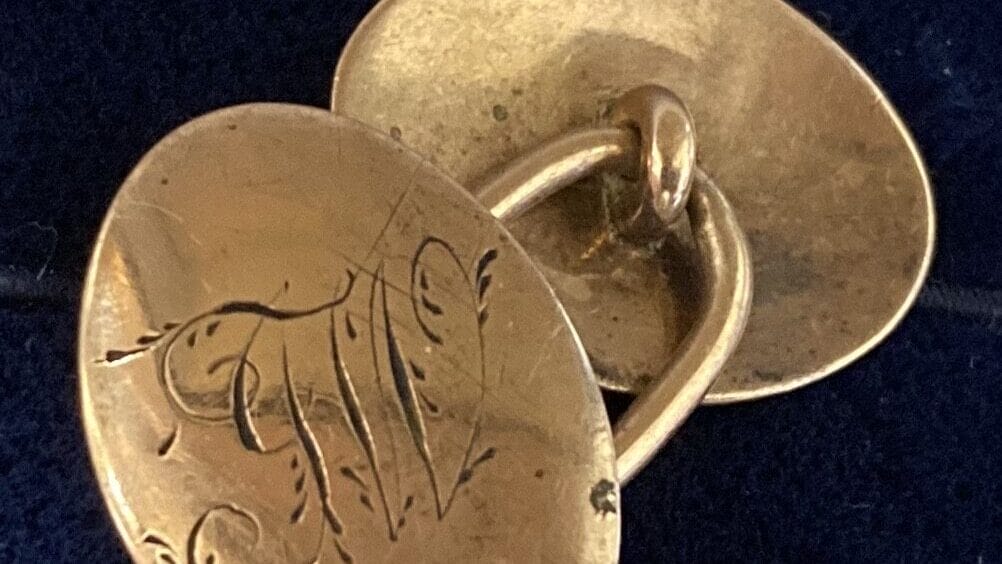
Historic wreck of ship linked to William Wordsworth given protection

The wreck of the Earl of Abergavenny, an East India Company ship captained by John Wordsworth, brother of renowned Romantic poet William Wordsworth, has been granted protection by the government.
The Earl of Abergavenny was launched in 1796 in Northfleet, Kent, and is rare as one of only 36 ships of 1,460 tons that formed a special class of the company’s merchant fleet. It was an early example of the changing technologies in shipbuilding of the time, incorporating the use of iron in its construction.
Together with other East India Company vessels, the Earl of Abergavenny — a cargo ship that also carried company employees and fare-paying passengers to Bengal and their bases in southern India — contributed to the growth of Western economies during the 17th to 19th centuries by changing the focus of Britain’s trading operations from Indian textiles to China tea.
On the advice of Historic England, the Department for Culture, Media, and Sport has now scheduled the shipwreck, meaning divers can search the wreck but must leave everything in its place.
Protecting the shipwreck through scheduling means that divers can dive the wreck but must leave its contents in situ.
The Wordsworth family had a close association with the East India Company and John Wordsworth embarked on a life at sea to help support William Wordsworth’s writing career.
He captained two successful voyages on the Earl of Abergavenny to China but lost his life with 250 crewmen and passengers on his fifth trading voyage from Portsmouth to Bengal and China.
Due to a combination of human error and stormy weather, the Earl of Abergavenny sank approximately 1.5 miles off the coast of Weymouth on 5 February 1805, after striking the Shambles sandbank. It was a major disaster not only because of how many lives were lost but because the ship was also loaded with 62 chests of Silver Dollars – cargo estimated to be worth £70,000 (approx. £7.5m today).

A cufflink assumed to belong to Captain John Wordsworth
John Wordsworth was an obvious presence in some of his brother William’s works. Wordsworth’s poems grew more bleak as he struggled with his grief following the loss of his beloved brother, with John featuring in many of his works, including Stepping Westward and The Character of the Happy Warrior.
The ship lies at a depth of 16 metres on the seabed and there are substantial structural remains of the hull measuring approx. 50 metres by 10 metres. It includes planking, frames and fixtures and fittings such as a chain pump (a type of water pump) and iron knees, which are brackets in the structure of a wooden ship. The wreck has not been fully excavated so it still has many stories to tell.
“This wreck has an evocative story to tell about the life and sorrow of one of our most renowned poets, William Wordsworth,” says Duncan Wilson, chief executive of Historic England. “But it also has an important place in this country’s shared maritime history and how the East India Company’s fleet made its impact across so much of the world.
“Its protection is testament to the dedication and hard work of Chelmsford Underwater Archaeological Unit, Weymouth LUNAR Society and Portland Museum and their volunteers. Their efforts will help us all learn more about this vessel and its place in our shared past.”
The Portland Museum houses a collection of artefacts from the wreck site when it was excavated in the 1980s, including a cufflink assumed to have belonged to Captain John Wordsworth.
Museum coordinator Chloe Taylor, who looks after artefacts from the wreckage at Portland Museum, said: “The waters that surround the Isle of Portland are renowned for being treacherous. Many ships have fallen victim to the unrelenting waves, frozen in time with their stories untold.”
The post Historic wreck of ship linked to William Wordsworth given protection appeared first on Marine Industry News.
